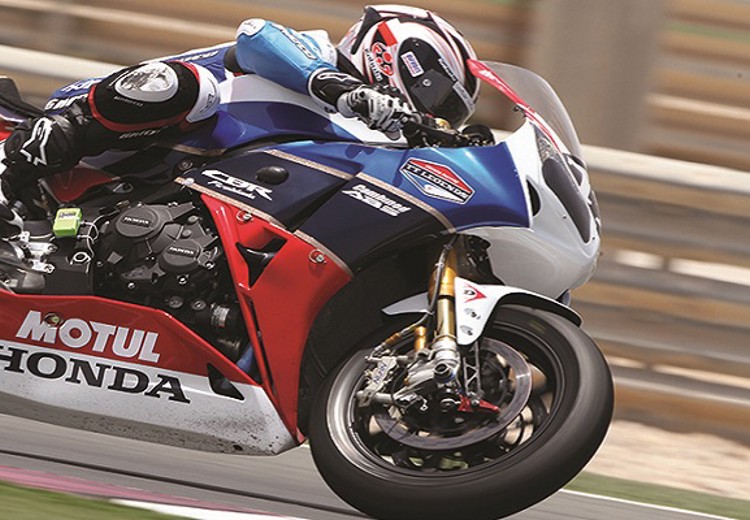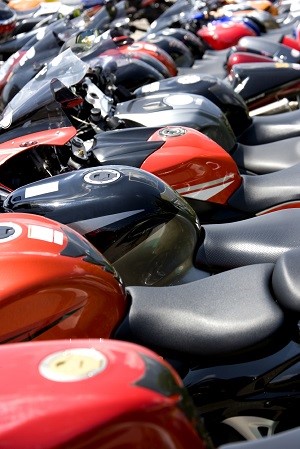Small Engines
New JASO T903 motorcycle specification
04 July 2023
Please note this article was published in September 2012 and the facts and opinions expressed may no longer be valid.
01 September 2012
Why passenger car oils are not suitable for use in motorcycles

Ryan Welton, Infineum EMEA Small Engine Marketing Manager, explains how the lubrication requirements of cars and bikes is diverging.
As passenger car lubricant formulations are geared up to deliver fuel economy improvements, their use in motorcycle engines is becoming increasingly inappropriate.
One of the biggest drivers for change in today’s passenger car lubricants industry is the quest for improved fuel economy. But, the motorcycle lubricants market is evolving a little differently; with the drivers for change being more dependent upon the demands of users from different geographic regions.
In developing economies like Asia motorcycles are mainly used for personal mobility, while in the mature markets of North America and Europe they are predominantly used for leisure purposes.
These diverging requirements mean that additive and lubricant suppliers need to develop fit for purpose solutions for these markets.
In North America and Europe, the motorcycle population is aging, which means it is increasingly important for owners to ensure their engines are well maintained to prolong working life.
Consumers here look for lubricants that can deliver advanced engine protection and are keen to share information about what works in their bike –fuel economy is not top of their priority lists.
In Asia demand for new motorcycles is increasing; a trend that is driven by the very fundamental needs of personal mobility and improved fuel economy to save money is important to end users. It is essential that these machines stay reliably in service, which means consumers demand reliable but low cost lubricants.
Users are looking for higher quality oils that offer better engine protection and extended engine life.
Motorcycle oil marketers face two big challenges.
Four-stroke motorcycle oils (MCO) need to deliver a level of performance that passenger car lubricants are just not formulated to address – because motorcycle engines are very different from car engines.
Yes, they are both four-strokes that power wheeled vehicles and run on petroleum based fuels. But the differences far outweigh these similarities and the two should not be handled in the same way.

Motorcycle engines run hotter and at faster revolutions per minute than car engines. And, because the sump of a motorcycle is much smaller, the oil cycles through the engine much more frequently.
This means motorcycle engines require a really robust oil. In addition, because in many cases the oil lubricates the engine, the gears and the clutch, it is essential that the oil offers good shear stability, gear protection, and friction performance.
As automotive OEMs demand lubricants optimised for fuel economy, there is growing concern that PCMOs are becoming increasingly unsuitable for motorcycle lubrication.
A tailored MCO has three different but equally important jobs to do.
As the difference between PCMO and MCO specifications widens it is clear that one oil cannot continue to meet both sets of requirements.
We expect a gear pitting test to be included in the next JASO four-stroke lubricant specification revision, which is due in 2015. This will widen the specification gap still further and make it increasingly difficult for PCMO products to pass the motorcycle lubricant specification.
Oil marketers that have specifically tailored motorcycle oils in their portfolio will be at a distinct advantage.
Sign up to receive monthly updates via email